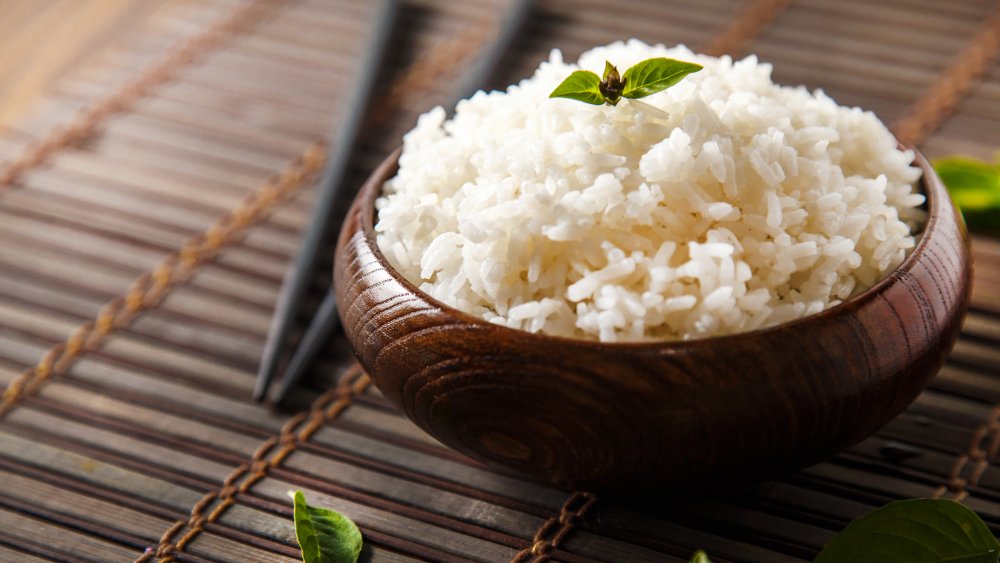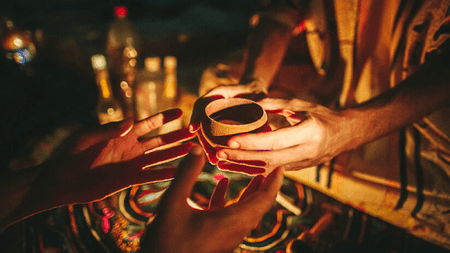Treating Plantar Warts: All You Need to Know

Australia is a big country in the southern hemisphere and the sixth-largest country in the world. Nearly 90% of Australia’s population lives on the coast. Australians love sports activities like swimming, surfing, and sailing.
Meanwhile, the feet, an essential part of the body, go through wear and tear while involved in sports activities. The body part is used continuously, and foot issues are common to people of all ages. Some common foot problems are athlete’s foot, blisters, bunions, corns, plantar warts, gout, ingrown toenail, and fungal nail infection. As such, often hard to remove, plantar wart treatment in Australia enables people to get rid of the discomfort associated with this annoying foot problem.
What Are Plantar Warts?
Warts are non-cancerous growths formed on the top layer of the skin. Human papillomavirus (HPV) causes warts that infect only the superficial layer of the skin and causes common skin infections. The virus thrives well in moist and warm environments, and it infects about one-half of the adults during their lifetime. Plantar warts form on the soles of the feet, and they do not cause much harm except for a bit of pain and irritation.
Plantar warts are a small, fleshy growth on the soles of the feet. The growth crosses the normal lines and ridges found on the feet, and they cause pain while standing or walking.
How Are Plantar Warts Formed?
The HPV virus gets into the skin through weak spots, like tiny cuts, making the top layer of the skin grow fast and become thick. As a virus causes it, it spreads from one person to another through communal showers and public swimming pools or direct skin-to-skin contact with a person with plantar warts. As such, people with weakened immune systems get infected quickly. Plantar warts can affect people of all age groups, but they are widespread in children because their immune system is not fully developed.
Symptoms of Plantar Warts
- Small, hard, and bumpy growths appear on the soles of the foot.
- Pain in a specific spot on the sole while standing or walking.
Treatment
Plantar warts can go away by themselves; most shrink and disappear. Meanwhile, a visit to the podiatrist is required when the wart becomes painful while standing or walking. Several treatments are available to get rid of warts. Also, it is challenging to treat plantar warts on the foot because a significant portion of the wart lies below the skin’s surface. The wart can be left alone if it doesn’t cause pain, as the body’s immune system will eventually deal with warts. The standard treatments for plantar warts are salicylic acid creams, immune system stimulators, chemotherapy, immunotherapy, and laser treatments.
How to Prevent Plantar Warts
- Try to keep your feet clean and dry.
- Wear shoes or sandals in communal areas of the swimming pools and locker rooms.
- Wear clean and dry socks.
- Avoid skin-to-skin contact with people who have warts.
- Plantar warts can spread if they are scratched or picked.
Podiatric clinics offer plantar wart treatment in Australia. And a wart may require several treatment sessions and rarely heal in a single session. Also, if people with plantar warts experience pain and discomfort in their feet while standing and walking, it is time to visit a podiatrist. When treated immediately, it heals quickly, and carrying on daily activities becomes easy and painless when feet are free from warts.




































